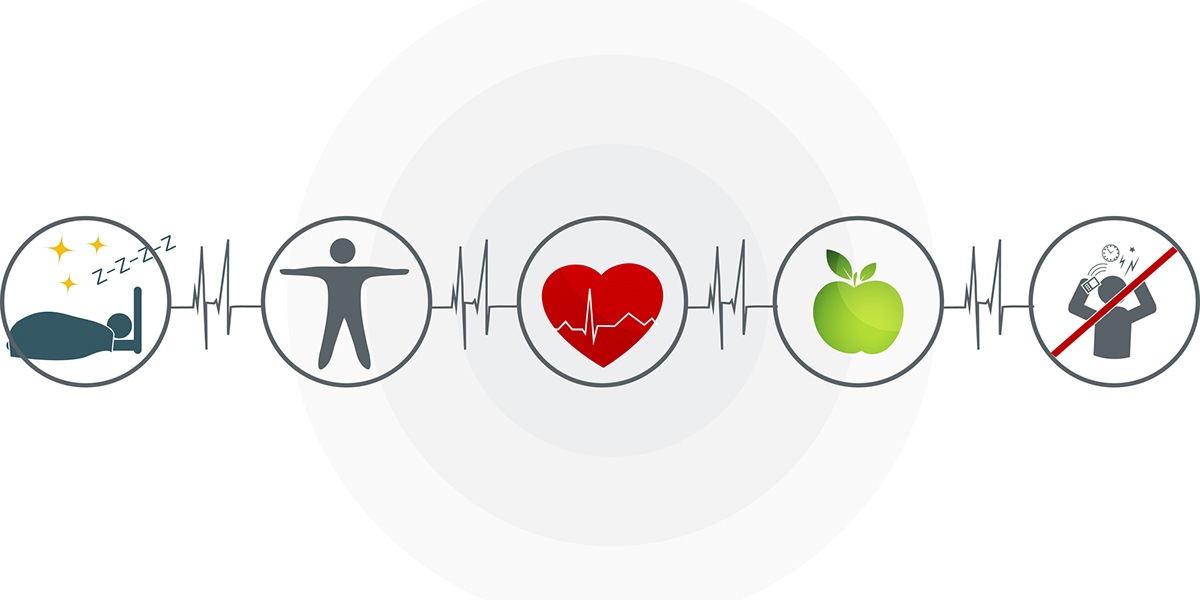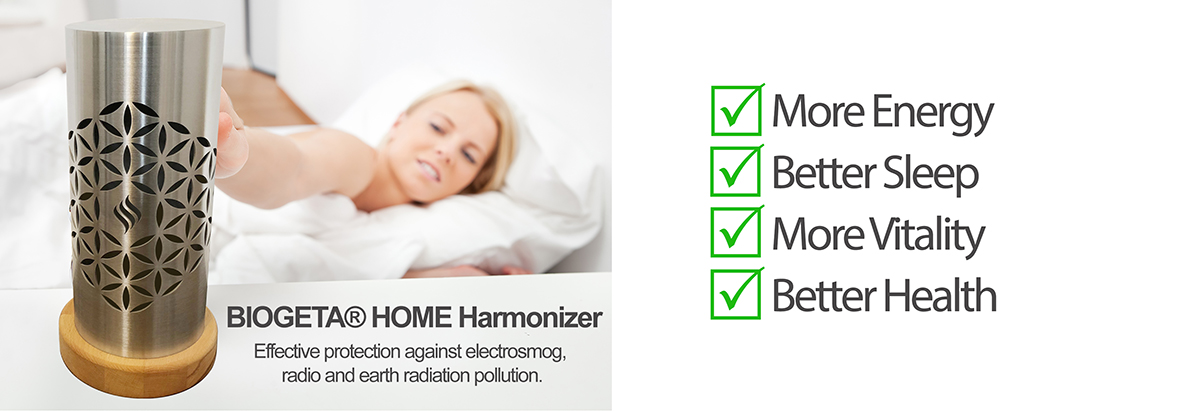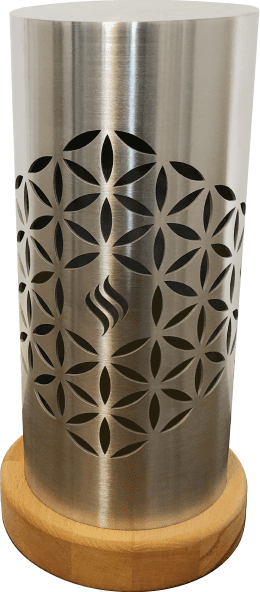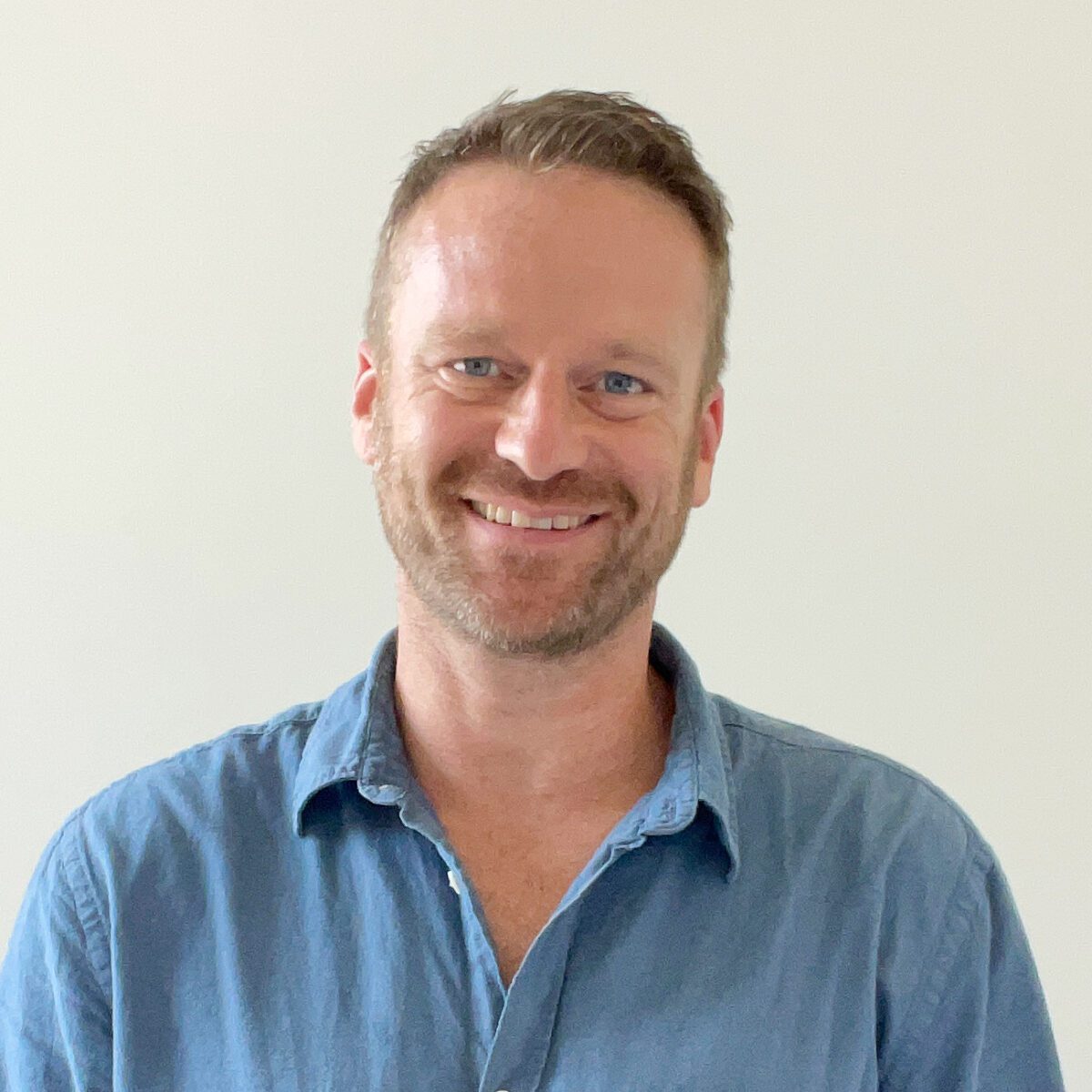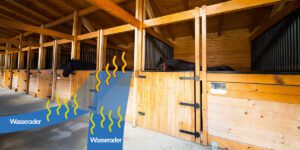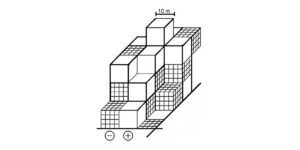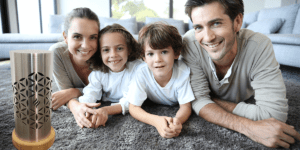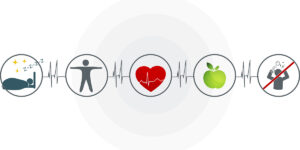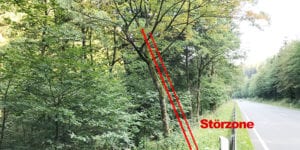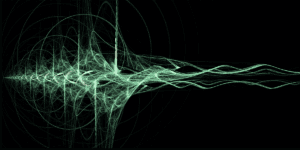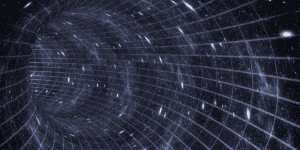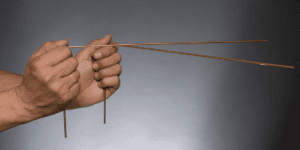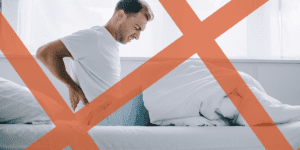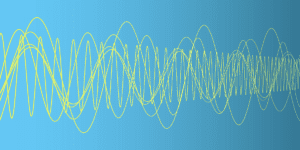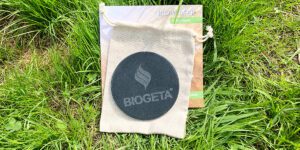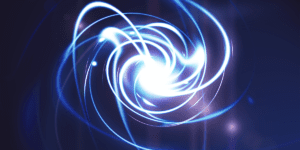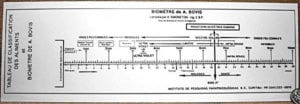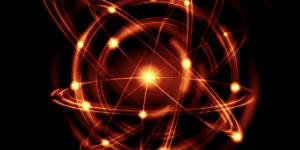During the production of regulation modules, the subsequent series of tests and the questions that regularly arise in practice about the functioning and effectiveness of the regulation modules, one question in particular comes to the fore.
To wit:
What does effective mean, and how exactly do I define effectiveness?
The measurement criteria for evaluating the functionality of interference suppression or harmonization products can be divided into the following two groups for this purpose:
Group 1:
Subjective sensations
That is, how does harmonization feel to the person?
A few examples of this would be:
Does he sleep better? Do existing symptoms disappear? Does it feel calmer? Is there less arguing? Does the air feel clearer? Is there less dust?, etc.
Group 2:
Objectively measurable changes
Factors are taken as a basis for evaluation, which can prove with different measuring procedures, an improvement of the body energy field, a higher regulation ability or a healthier physiology.
These may include, for example, the following:
Interference-free bioresonance testing, increasing Bovis value, balanced charge on interference zones, positive pulsation force, increasing epiphysis value, positive kinesiological muscle testing, better HRV testing (heart rate variability), and much more.
My evaluation of the functioning of regulation modules primarily assesses Group 2 factors.
Here’s why:
By focusing on the criteria of group 2, it is ensured that other – the corresponding person burdening – circumstances are virtually excluded.
For example, not in every case a water vein is to blame for poor sleep or loss of energy. It is often an important factor, but there are countless other stresses that also lead to similar symptoms. E.g. a military transmission facility nearby, psychosomatic stress, hormonal problems (e.g. hypothyroidism), drug interactions, MCS (multiple chemical intolerance), Lyme disease, mercury exposure, pollutant exposure e.g. to PCD, Lindane, DDT, etc., intestinal parasites, autoimmune diseases, and much much more.
Experiences from practice show that in some (special) cases, subjectively the same sleep problems still occur after different regulation modules have been tried, and later even the sleeping place has been moved to a measurably disturbance-free place.
In one person, for example, no more stress could be detected therapeutically, but the nocturnal complaints remained unchanged. In such a case, the solution must be sought elsewhere. Or rather, such a pattern of complaints usually builds up over a longer period of time and it often takes various factors that, as a sum, bring the bucket to overflow, so to speak, and then oversensitize the body.
In such cases, unfortunately, there is no universal solution, but one must desensitize the body in layers, so to speak. The use of a Biofieldformer of any kind, as long as it works measurably, should be one of the first steps. Because without energy – which is demonstrably withdrawn from the body by geopathic stress – no self-regulation is possible.
My Tip:
In case of severe complaints, first have a bioresonance test done to narrow down or point out the main sources of stress.
Then go into the cause level and e.g. make shieldings against E-smog, install a biofield shaping or make a nutrient cure.
After 4-5 weeks, another bioresonance test. Then it can be determined very well whether a biofield shaping, an interference suppression or a shielding has an effect. If the stresses are then no longer indicated, but sleep problems still occur, continue to search. For example, in the area of the endocrine system, food, pollutants, mold toxins, etc. By this way of proceeding, one does not go in circles, but step by step eliminates possible factors.
Often it simply takes a certain amount of time until the body – after it has gotten rid of a stress – finds its way back into self-regulation and finally also a better sleep sets in.
Offered impulses for a regulation can often not be implemented at all, if not enough energy is available. Therefore, it is all the more important to first ensure that the body is no longer deprived of energy at night by means of an interference suppression or a biofield formation.

